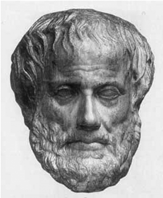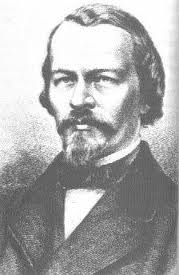Yes, you should know about short story structure to be successful in selling your tales. Luckily, it’s not difficult. To learn about structure, I mean. The actual writing of successful short stories takes some effort, but so does anything worthwhile.
Let’s start with the basic structure of any story. This structure is true for novels, movies, plays, even comic books. We’ll then see how the structure applies to short stories in particular.
1. The Hook. This is an opening section meant to grab the reader’s (or viewer’s) interest. I’ll have a few things to say about hooks in a future blog post. The hook needs to introduce your protagonist and his or her conflict. It should set the story in a particular time or place.
2. The Middle. Here the protagonist tries several times to end the conflict, but fails. It can even be the case that his or her attempts actually make things worse. In any case, the protagonist is tested in some way, either to physical limits or emotional ones, or both.
3. The Resolution (or Dénouement). In this section the conflict is resolved. This usually involves the protagonist learning something, perhaps something about himself or herself. The conflict could also be resolved by the protagonist’s death.
 Aristotle called these parts the protasis, the epitasis, and the catastrophe.
Aristotle called these parts the protasis, the epitasis, and the catastrophe.
The novelist Gustav Freytag later introduced the concept of th e dramatic arc containing five parts: exposition, rising action, climax, falling action, and dénouement. Essentially Aristotle’s epitasis includes the middle three elements of Freytag’s dramatic arc, though the falling action could be part of Aristotle’s catastrophe. For simplicity here, I’ll stick to a three-part structure and use my titles for them.
e dramatic arc containing five parts: exposition, rising action, climax, falling action, and dénouement. Essentially Aristotle’s epitasis includes the middle three elements of Freytag’s dramatic arc, though the falling action could be part of Aristotle’s catastrophe. For simplicity here, I’ll stick to a three-part structure and use my titles for them.
In many story forms there will be no breaks or signposts separating these sections. Even so, a reader who is looking for these sections will find them. If you think back to novels you’ve read or movies you’ve seen, you’ll be able to recognize this structure.
With short stories, everything gets compressed. The main feature of short stories is, in fact, their shortness. This benefits the reader, since she or he can enjoy the story in a single sitting, thus remaining immersed in the world of the tale without interruption by the real world. However, this brevity becomes the driving constraint for the writer. The writer has to convey all three elements of story structure, but in very few words.
A short story needs a hook, like all stories. However, an author of such tales cannot include a long description of the protagonist, other characters, or the setting. Short stories have bare-bones hooks that just (1) introduce the protagonist, (2) introduce the conflict, and (3) set the story in time and place.
The middle section of a short story is likewise compacted down to the bare minimum. There are fewer characters to interact with, few or no subplots, not even very many protagonist-testing events. To keep the middle section short, some events or actions can be implied, letting the reader fill in the gaps in his or her mind. This implication technique seems to contradict the “show, don’t tell” commandment, but it’s different, and it’s something with which I still struggle.
A short story’s resolution section also is a trimmed-down version, in comparison with longer works. The section needs to resolve the conflict, possibly by having the protagonist learn something or otherwise grow as a person, or defeat the antagonist. Nearly all the loose ends of the story need to be tied up in this section. I say nearly all because it’s okay to leave some things unresolved or open to question–that’s life.
Throughout the writing of the short story, the author must take pains to keep a laser-like focus on the theme of the story. Delete anything not directly supporting that theme, or necessary to having a meaningful story.
As you read more short stories by authors you enjoy, you’ll see how they employ the three-part structure I’ve described. Soon you’ll be using it in your own stories, too. As always, please send a comment if this has been useful to you, and address it to–
Poseidon’s Scribe
